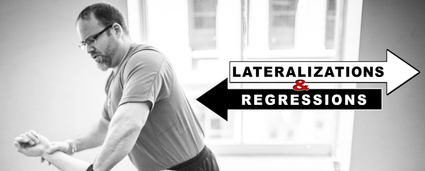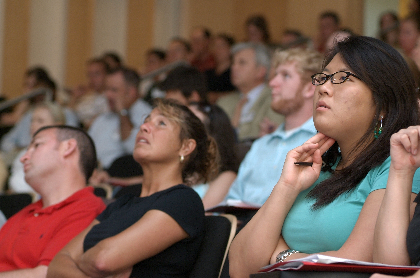Interview originally published on FREELAPUSA.COM
Athlete Profiling with Fiber Type and Blood Analysis
Freelap USA — Can you get into some detail about the process from acquisition to analysis with data? For example, a team may do speed testing a few times a year but do blood draws and muscle fiber estimation randomly. Will you break down how organizing testing periods and managing data during a season is more than just picking convenient windows?
Fernandez — We need to evaluate training and measure its impact on the players. New wearables such as the Sensecore and others are working towards integrating external load and its physiological response and I am curious to see how athlete tracking systems develop beyond what they currently provide. I like to keep performance testing very minimal, but it is necessary. Specific power and speed tests done monthly is still useful and can be paired with more functional and movement based metrics.
Daily monitoring has to be passively aggregated along with short collection times for compliance. Wellbeing and subjective data are my starting point. Based on each athlete, coaches can decide whether to collect it remotely or on-site at the training ground. Morning heart rate and heart rate variability are widely used and I prefer mobile options. Facial coding adds more objectivity to the process. Some SDK options such as the Sightcorps platform are mobile and cloud friendly for easier customization. Coaches can explore the demo app if interested. I haven´t figured out what protocols work better with facial expressions but the potential is there, not just purely because of micro-expression analysis and mood correlations but because of the athlete´s honesty increases when interacting virtually.
Soft tissue dynamics and muscle function done weekly is essential since alterations at this level have a direct impact on injuries. Touching on myoanalytics again and without going in too much detail, the combination of thermal diagrams with tensiomyographic data is my preferred option and it’s simple to implement. Superficial temperature shows inflammation 24h post games and helps pinpoint which areas should be followed up with TMG for more structural detail, which can then lead to optimized recovery and therapy between games. Tonometers as the only option are less realistic within team settings due to longer testing times, hence the importance of highlighting areas of risk and use the thermal filter. A second thermal diagram 24h before games allows for comparison.
Trimestral blood panels help to gain insight into all the other areas such as muscle function and soft tissue recovery rates, mood patterns and nutrition. Fiber profiling is done in preseason and follow-up testing strategically placed during the season at similar times as blood analysis enables for comparison. Higher risk players undergo more muscle specific followup weekly to look at monthly patterns.
There are as many athlete monitoring strategies as there are coaches and I am never 100% comfortable with mine. Many more variables such as age, previous injuries, race or genetics, etc., have to be reviewed in order to design more individual approaches. I may change and adapt technologies to each environment, but the above provides roughly an idea of my philosophy. The process needs to be very flexible and adaptable since technology is being developed as we speak and we should be able to make changes and remove or add new metrics seamlessly.

Figure 1: Muscle Fiber Estimation profiling by Haloview
Continue reading interview by clicking HERE.










